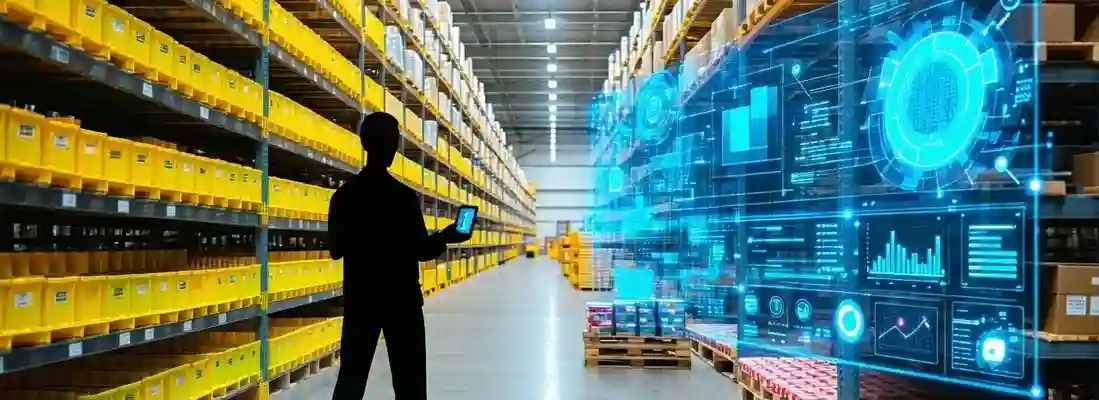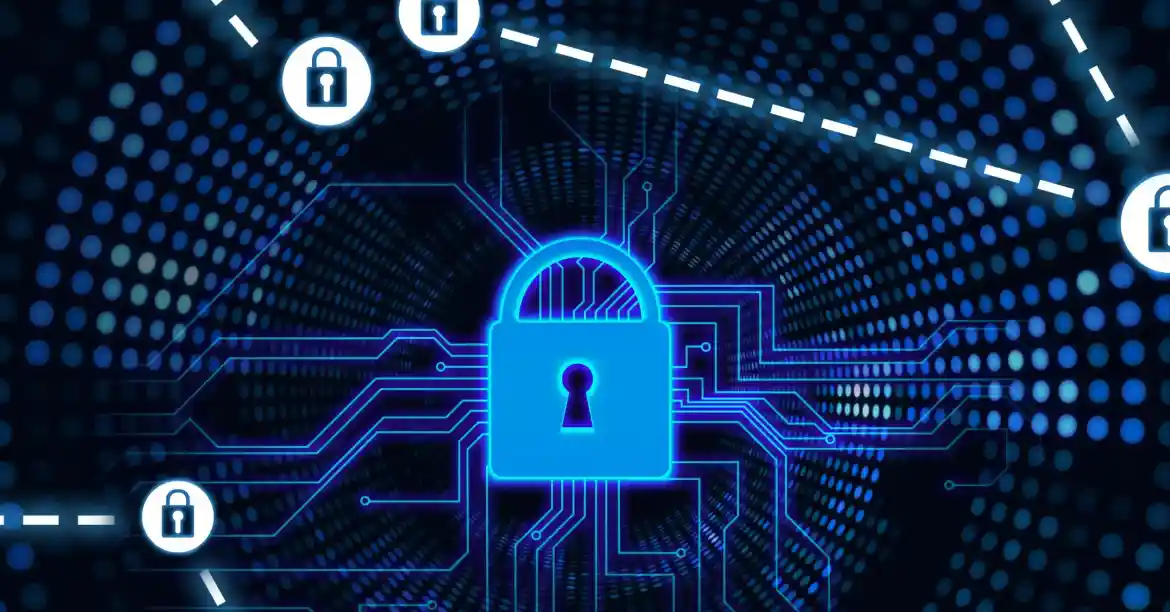Cybersecurity Attacks & the Transportation Industry
Date: 19 October 2021

Transportation and logistics comprise one of the most important systems and industries in the world. However, because it is so heavily dependent on technology, it is also one of the most vulnerable to cybercrime. Cyber-attacks have been targeting the transportation and logistics industries in many ways and can impact daily operations for extended periods. Not only is service disrupted, but the exposure of highly sensitive data is also a huge risk when it comes to this sector.
Given that the first half of 2020 revealed a staggering increase in ransomware incidents, with an overall 715% year-over-year increase, it is time that every industry assesses where it stands with respect to its cybersecurity. In this blog, we take a look at where the transportation industry is vis-a-vis cybersecurity and what measures it needs to take to secure itself from the very real threat of cybercrime.
Cyberattacks in the Trucking Sector
The majority of software programs used by trucking and logistics companies are for enhancing the efficiency of their operations. However, since cybersecurity is not the most pressing matter in this line of business, or so traditional thinking goes, these companies are at a huge risk of being victimized. Sensitive information can be breached through the software programs including details of shipments, the personal details of their workers, business partners, and clients.
These risks aren’t merely theoretical, either. In 2018, Bay & Bay Transportation became the victim of a massive ransomware attack that locked up the systems it uses to manage its 300-truck fleet. After a failed attempt at restoration, the trucking company ended up paying the five-figure ransom. Including the other recovery attempts and damages from lost time, the incident ended up costing the business a whopping six-figure sum. This attack is the perfect example of how costly a lack of investment in cybersecurity can be for trucking companies.
Cyberattacks on Aviation
Cyberattacks on airplanes translate into a whole new level of risk for everyone.
The EasyJet cyber-attack is the most prominent lesson for those wanting to understand how cybercrime can affect aviation businesses. In 2020, 9 million EasyJet customers’ email addresses and travel details were stolen out of which credit card information of 2,208 were also compromised. This cyber-attack coupled with the blow from the COVID-19 pandemic, resulted in the airline losing 45% of its share value and clocking its first annual loss ever in its 25-year existence. You can read more about the EasyJet attack and its fallout, or you can download the visual EasyJet cyber-attack timeline created by us.
Apart from attacks on airlines directly, other cyber-attacks on the industry can come through devices of customers. A laptop that boards a plane riddled with viruses that then links in with the cabin Wi-Fi can allow hackers access to more than that single laptop. In addition to accessing everything on the laptop that was already infected, hackers can also gain access to company databases as well as the files and information of every other passenger on board with active devices.
This strategy can also be accomplished through fraudulent emails, called phishing emails, where clicking on links provides a gateway for hackers and viruses to enter computer systems. Due to many private and commercial sectors going remote in the pandemic, employees may lack oversight and proper security measures.
Aviation IT expert Josh Wheeler claims his company sees cyberattack attempts daily, many of which fall under the category of phishing attacks. Employees reveal lots of information that could potentially compromise a system in the interest of good customer service, not understanding the threat of phishing. What this means is that there is a pressing need for employee training in cybersecurity in 2021 and onwards. Staff of transportation and aviation industries need to not only be taught the importance of cybersecurity but also what to do in case they end up making a mistake or they have been compromised.
The industry as a whole is also set to implement more digitization than ever before as a means of post-COVID safety precautions. Each step towards a more digital experience will bring benefits such as reducing the number of touchpoints necessary in the check-in and boarding experience, but it will also mean a bigger surface of opportunity for hackers, further enhancing the need for formal training in cyber crisis management and incident response.
Cyberattacks in Other Areas of Transportation
Trucks and planes are not the only targets of cybersecurity attacks. Other sectors of transportation, including trains and subways, personal vehicles, and more, have had to face the risk of cyber-attacks in the recent past.
Hackers shut down 2,000 computers belonging to the Colorado Department of Transportation in 2018, disrupting operations for weeks. More recently, cybercriminals infiltrated three of 18 computer systems in New York’s Metropolitan Transit Authority.
While some cybersecurity attacks prove to be an attempt by hackers to earn money, other attempts are designed to cause chaos and disarray by shutting entire systems down. Disruptions of traffic lights, blocking access to important files and data, interrupting payroll services, and compromising ticket machines and fare gates are just some of the ways hackers can impact daily life which can spiral into major calamities for many people.
Ways to Prevent and Recover from Cybersecurity Attacks
One of the biggest mistakes that any transportation company can make is forgoing the performance of security risk assessments on their systems. It is crucial for the most sensitive and vital information to be identified and to ensure it is as secure as possible to prevent ransomware attacks. All systems and devices should be thoroughly reviewed for any entry points that could make a breach easy. After determining the areas that are lacking, companies can take the next steps to create a budget and a plan for reinforcing their security systems.
Many companies in the transportation industry do not think of spending money on high-end security prevention until it is too late. However, investing in a superior security system is much safer than risking operations with sub-par protection. Cyberattacks usually happen to companies with obsolete operating systems, so keeping up to date with everything is crucial. Installing firewalls, adding antivirus software, and investing in third-party cybersecurity services are all options that should be explored for boosting cyber security.
Cyberattacks also usually happen to companies whose staff lacks any understanding of cybersecurity, how important it is, what their individual responsibility towards cybersecurity is and what can be done when an incident does occur. It is, therefore, essential that transportation, logistics and aviation companies provide robust cybersecurity training to their staff members. Our NCSC-certified Cyber Incident Planning and Response Training is a great place to start.
Ransomware attacks and cyberattacks not only breach a system but can destroy the usability of the entire computer network. Without proper incident response measures in place, work can be disrupted or halted for extended periods. Because the transportation industry is such a pivotal component of society and daily life, it is easy to understand why this could be detrimental not only to a company but to those who rely on its services for making a living.
As the industry becomes more digitized, it is therefore more important for transport and logistics companies to take a closer look at their cybersecurity measures and staff training to prevent bringing their systems and along with it, the daily business and livelihood of many, to a halt.
Author: April Miller
 April Miller is a senior writer at ReHack Magazine, where she specializes in cybersecurity and related topics.She is passionate about educating both consumers and business professionals on the importance of following security best practices and maintaining awareness of cybersecurity news and trends.
April Miller is a senior writer at ReHack Magazine, where she specializes in cybersecurity and related topics.She is passionate about educating both consumers and business professionals on the importance of following security best practices and maintaining awareness of cybersecurity news and trends.








